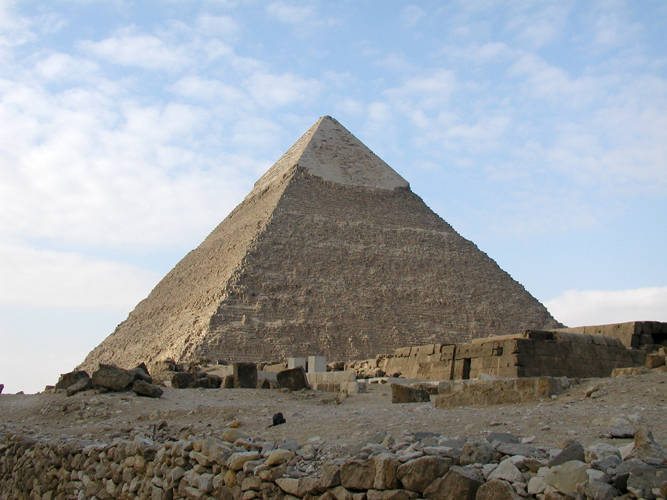
30 Apr A Hierarchy of Movement Needs
I recently read a piece by trainer extraordinaire Eric Cressey about how we are losing our athleticism in the USA, and I wholeheartedly believe he is right. (http://www.ericcressey.com/why-were-losing-athleticism)
Although it would be easy to blame dangerous neighborhoods, fear of strangers and video games for keeping our kids inside, but I want to focus on what we do that can be applied to everyone to help turn the tide.
There is a process, a hierarchy of needs, to establish an athletic foundation. One, which, if done from an early age, will set you up with the foundation to be able to move well and be athletic for the rest of your life.
That doesn’t mean that you are going to be a professional athlete. Being athletic is broader than just playing sports. Being able to carry your groceries up the stairs without any problems, clearing your gutters without hurting your back or falling off the ladder, and picking stuff off the floor and putting them on a high shelf all fall into the category of athletic movements.
Before we dive into it, let’s think about a few things.
Strong people, people who can move, are more useful than weak people. It’s as true as the day is long. Any time you have to move furniture, help out around the house, performing any task requiring any level of physical strength, people who are weak have little to no value. (that doesn’t mean you don’t have value as a person, Steven Hawking isn’t going to move a couch with me but he has intrinsic value as a human being so don’t mistake my words.)
We are all born (more or less) capable of full range of motion; just watch a baby squat to pick up a toy; flawless.
If we prioritize game playing and free movement as children, we are setting ourselves up for long-term success. Early specialization in sports, overuse injuries, and a sedentary lifestyle has stunted our athletic development in America.
Furthermore, the cost of not being able to move is staggering. Lower back pain for example cost Americans roughly , ranges from $560 to $635 billion annually. (here is the study for those of you who don’t believe me http://www.ncbi.nlm.nih.gov/books/NBK92521/) There are some concrete numbers for you to keep in mind, when we talk about how important being able to move is to society as a whole.
That being said, here is the hierarchy of movement needs for us as humans.
Speed
Strength
Coordination
Movement Quality
This piece is going to focus on the foundational layer: Movement Quality.
Being able to move freely through a full range of motion at all the body’s joints is the base upon which all other qualities are built. (What good is bench pressing 500lbs if you can’t scratch your own back?)
That’s why we have a band system in place to ensure that what you are doing in here is helping you build better movement quality rather than further the imbalances we have developed over our lifetime.
Learning the basics (how to squat deep without pain, perform a flawless hip hinge, and develop/maintain adequate shoulder mobility) are crucial to long-term well-being.
Here are a couple movements that you and your kids should be doing to help develop and maintain overall athleticism and mobility focusing on movement quality.
Enter the walking spider-man with a hip lift. This single movement helps explore the end range of hip mobility, develop hamstring length, and thoracic spine extension and rotation. Check out this video to learn how to perform it properly. Check this video out: http://youtu.be/OIkhMWEnDSQ
This multi-joint/multi-planar movement is one of my favorites; in fact, it is the only thing I do before I sprint. I perform about 5 reps/side and I am ready to go.
Another favorite of mine is the squat to stand. (http://youtu.be/gDo6odo6mC0) This movement teaches proper spinal alignment and helps develop and maintain hip mobility. It can be progressed further by adding an overhead reach to incorporate more thoracic spine extension and rotation.
These are just a couple movements you should be doing to help yourself move and feel better day in and day out. I don’t want to beat a dead horse, but dedicate yourself to moving well and the rest of the pyramid will fall in line. Without the foundation, same as building a house, we cannot effectively build the rest of the pyramid.
Make it a priority not only for you, but for the next generation too!
